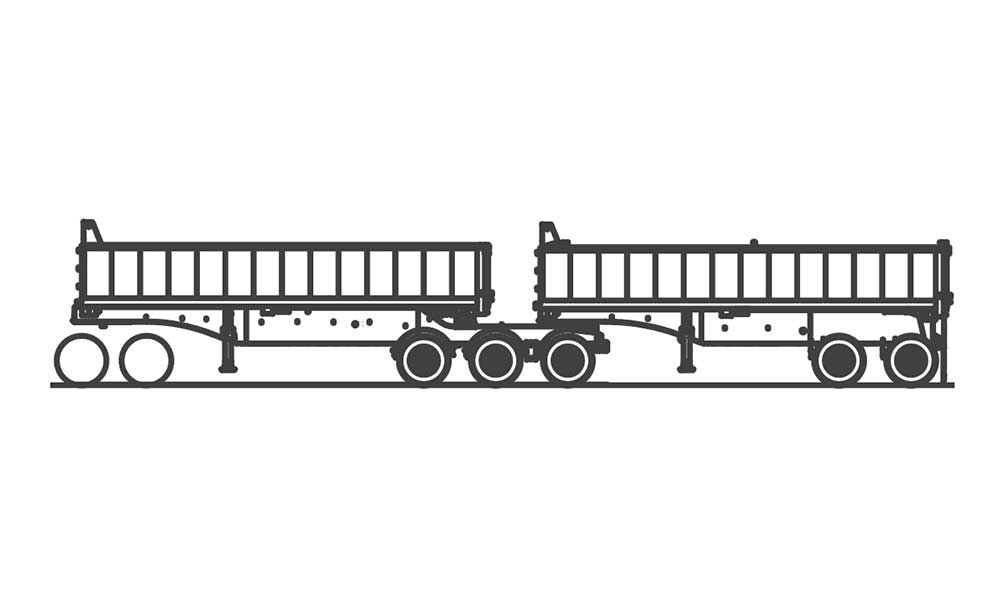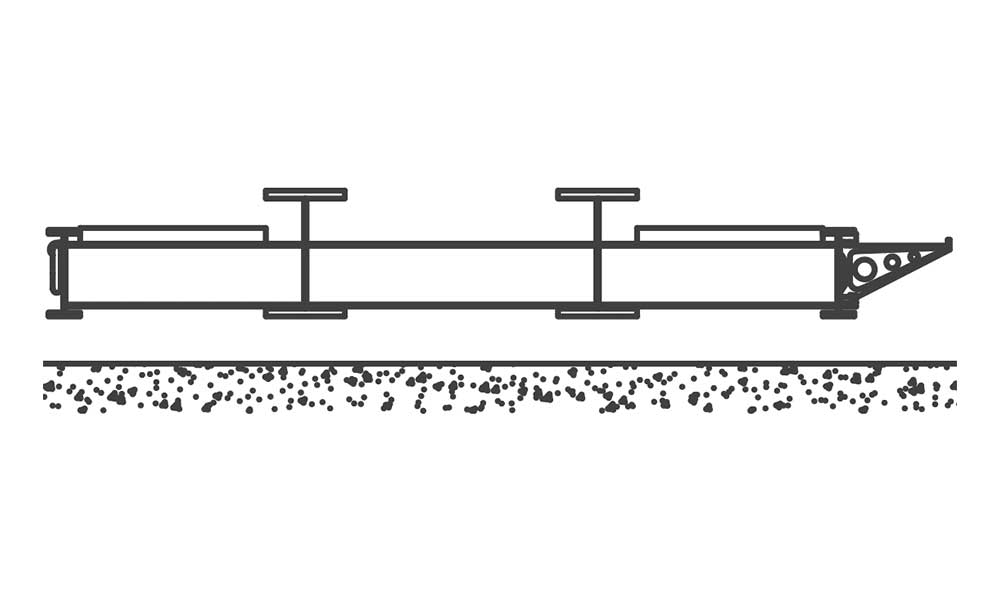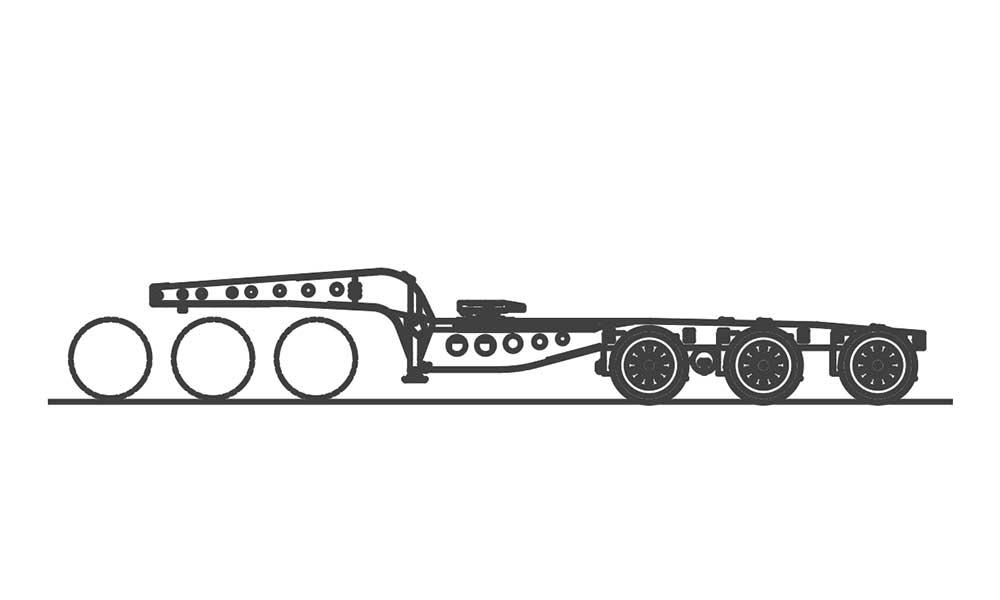Bulk
The lowest tare weight is at the forefront of the bulk trailer design. Each pound saved on the trailer, directly translates to one pound in payload. These self-unloading trailers are actuated by the PTO on the trucks. The unloading methods are typically done by a telescopic cylinder or by a conveyor belt. Both unloading methods offer their own set of advantages and disadvantages. Careful consideration is the key to determining the best type of trailer to maximize the profitability.
Filters
Length
46ft — 61ft
Width
8ft — 9ft
Height
0ft — 11ft
Weight
8,705kg — 13,381kg
Payload
0kg — 90,000kg
Volumetric Capacity
0m3 — 102m3
Carrying Height
0in — 162in
Tare Weight
9,294kg — 15,808kg









